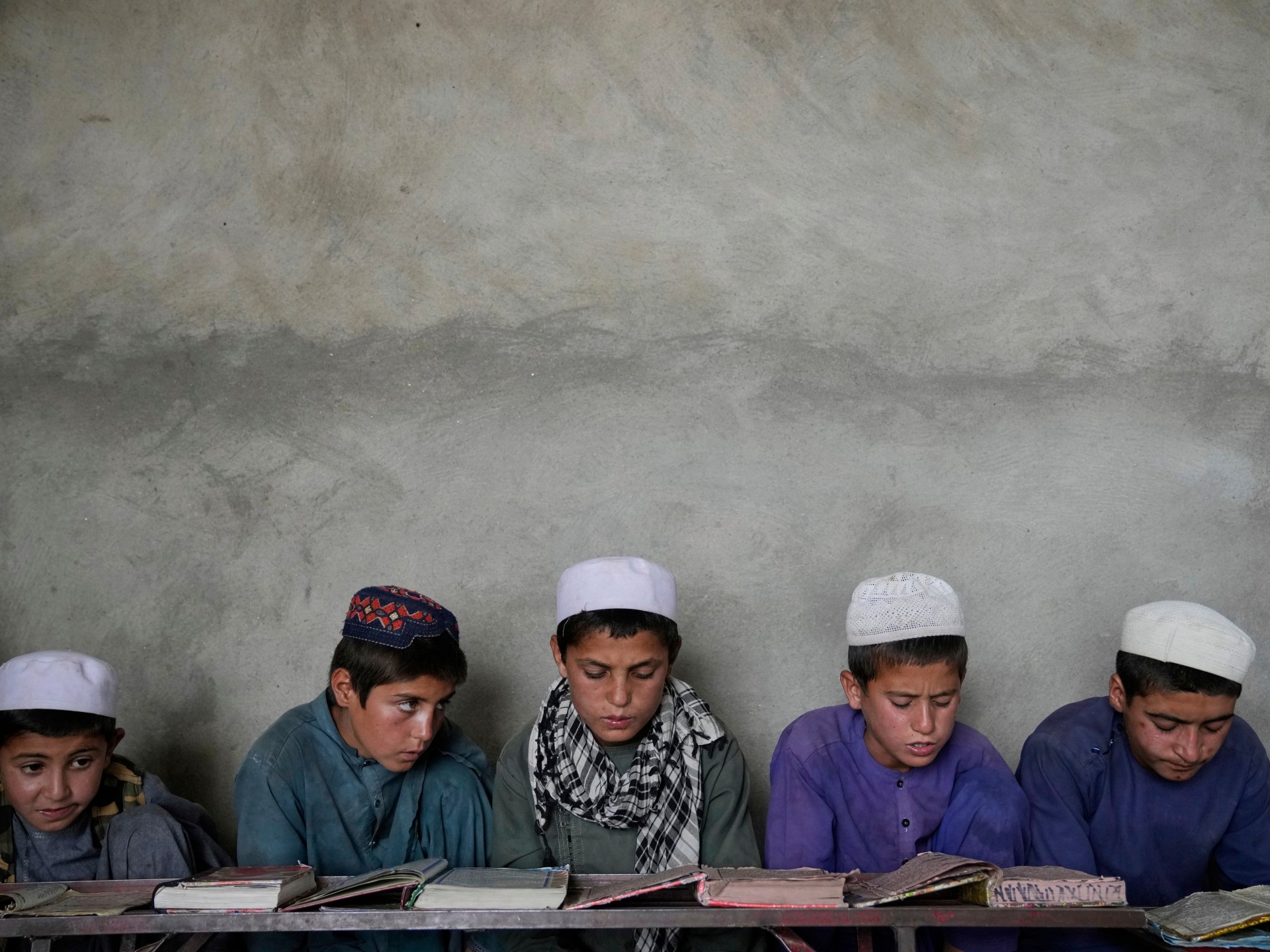Boys in white caps and tunics diligently recite Quranic verses in Kabul’s narrow alleyways and quiet courtyards, which are increasingly becoming a bridge between Afghanistan’s struggling educational system.
Public schools continue to function, but their effectiveness has decreased as a result of staff cuts, insufficient resources, and persistent conflict. In response, families are increasingly turning to madrassas, which offer a structured education grounded in Islamic principles. One school north of Kabul, which had 35 students but had over 160 students in just five years, has experienced a remarkable enrollment growth.
While the majority of madrassas place a high value on Quranic memorizing, Islamic jurisprudence, and Arabic language instruction, some have begun incorporating fundamental secular subjects like math and English. However, many fail to meet national and international educational standards, which raise questions about how their impact will affect students’ overall development.
Educational barriers are particularly challenging for girls. Some girls attend madrassas as one of their few remaining avenues of learning despite the Taliban’s ban on secondary education. However, opportunities are still limited at these institutions.
According to critics, madrassas frequently serve as centers for religious indoctrination, and their rise to prominence may have a significant impact on Afghanistan’s future.
These religious schools are the only way for countless children to get into school, despite the fact that so many of them are scattered throughout the nation.
Source: Aljazeera

Leave a Reply